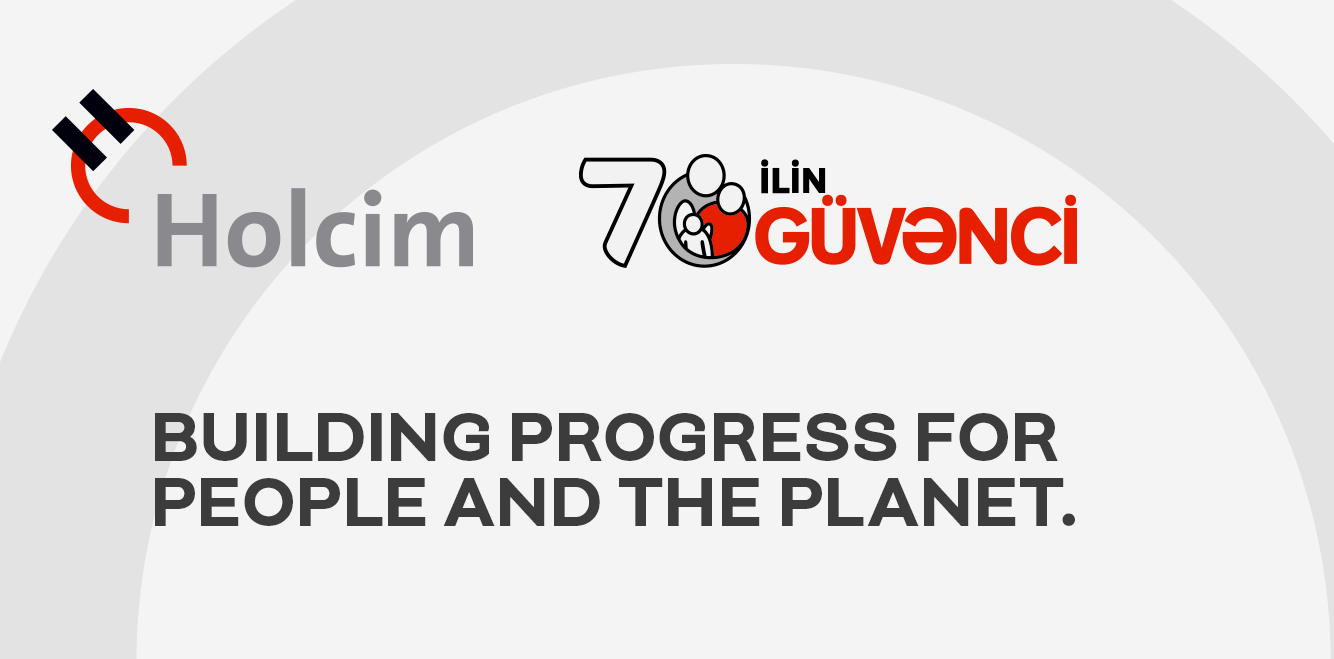| Holcim History |
Lafarge History |
- 1912: Holcim was born with the opening of a first cement plant in Holderbank (Switzerland) by Adolf Gygi, joined two years later by visionary industrial Ernst Schmidheiny.
|
- 1833: The Lafarge company was born in Le Teil (Ardèche, France). Joseph-Auguste Pavin de Lafarge began regular extraction operations in the limestone quarries.
|
- 1922-1931: Crossing borders. The company began investing in cement business in other European countries and in Egypt, Lebanon, and South Africa.
|
- 1864: First major project: the Suez Canal. Lafarge won the “contract of the century” in Egypt and delivered the 200,000 tons of hydraulic lime needed to build the piers of the Suez Canal.
|
- 1942: Creation of the research and testing facility Technische Stelle Holderbank (Technical Center Holderbank).
|
- 1887: The world’s first research laboratory on cement. Following its commercial success, Lafarge opened a research laboratory near Le Teil, France. This laboratory was the first in the world to specialize in cement.
|
- 1952-1961: A decade of increased expansion. In 1960, following the entry into the Canadian market, a large cement production facility was opened in Michigan (USA). Almost simultaneously, Ernst Schmidheiny invested in a small plant near São Paulo (Brazil).
|
- 1950s-70s: International expansion in North and South America. Through plant constructions and acquisitions of firms, Lafarge established a good position in the United States, Canada, and Brazil.
|
|
- 1962-1991: One global Group. Holderbank began a phase of expansion in Latin America. In 1974, Holderbank made its first move in Asia with a participation in the Philippines. Later, Holderbank began scouting new markets: Spain in 1980 and Eastern Europe, China, India, and Southeast Asia in the early 1990s.
|
- 1980s-90s: Going global. Lafarge led a significant International expansion with new operations in Sub-Saharan and East Africa as well as in China, India, and South Korea.
|
- 2001: The company’s name was changed to Holcim by a vote at the annual general meeting.
|
- 2008: Acquisition of Orascom Cement. Lafarge acquired Orascom Cement, the leading cement group in the Middle East and the Mediterranean Basin, with number one positions in the key markets of Egypt, Algeria, United Arab Emirates, and Iraq.
|
- 2014: Holcim and Lafarge announced their merger project.
|
- 2014: Holcim and Lafarge announced their merger project.
|
- 2015: Closing of the merger, which gave birth to LafargeHolcim, the new leader of the building materials industry.
|
- 2015: Closing of the merger, which gave birth to LafargeHolcim, the new leader of the building materials industry.
|






